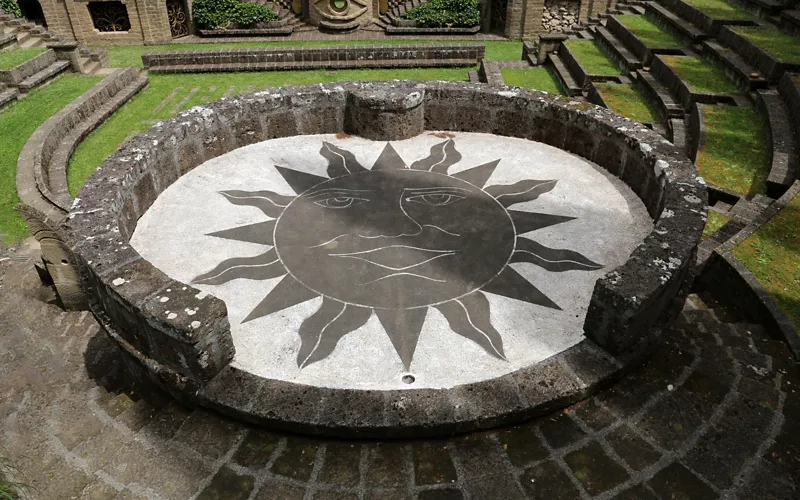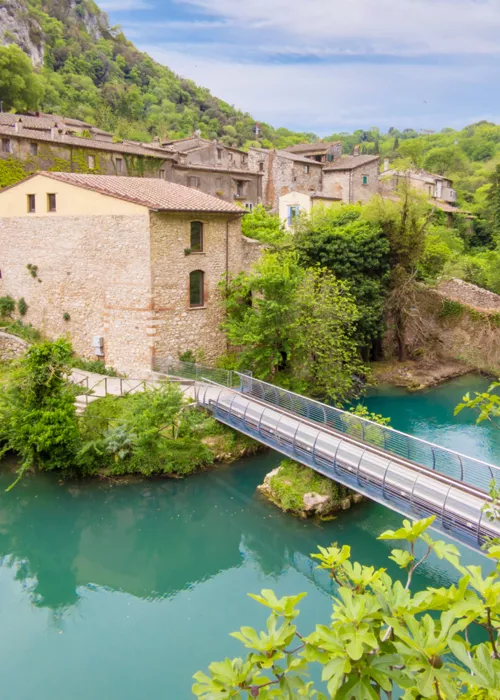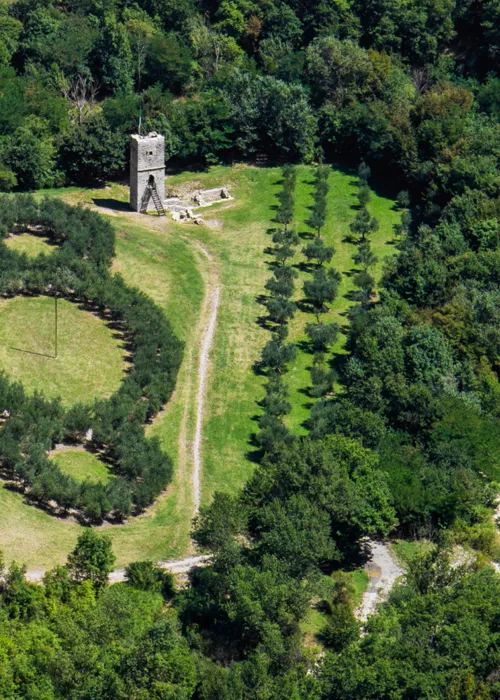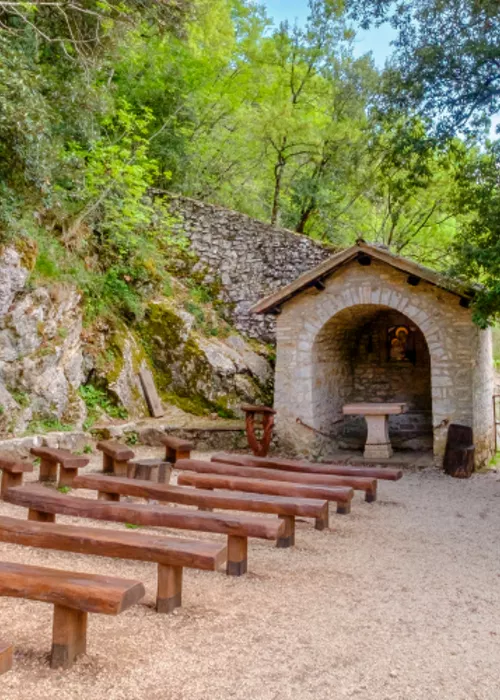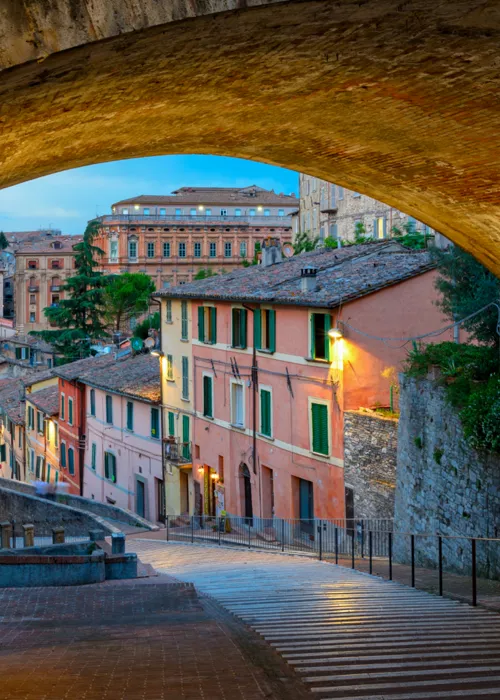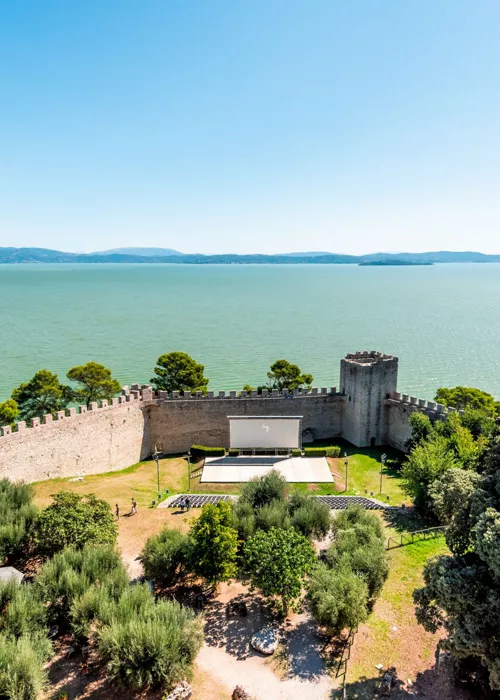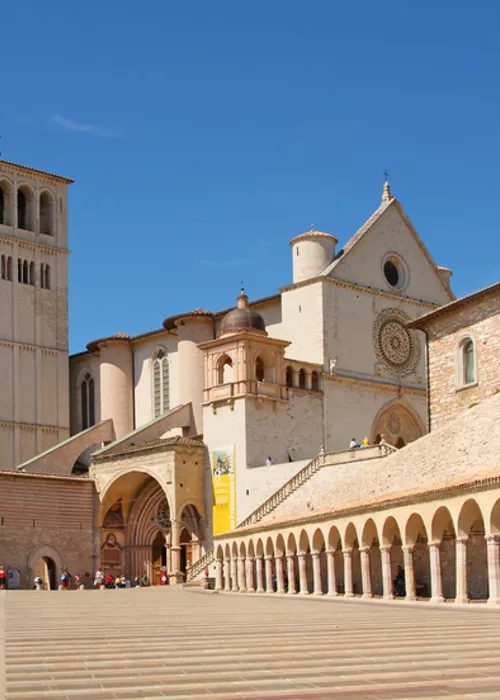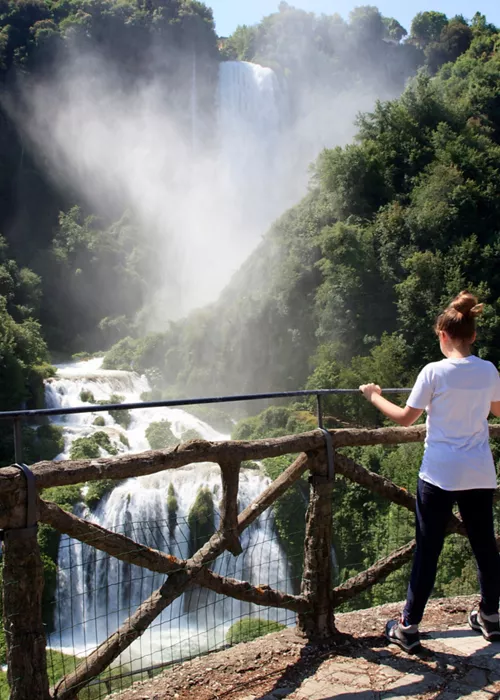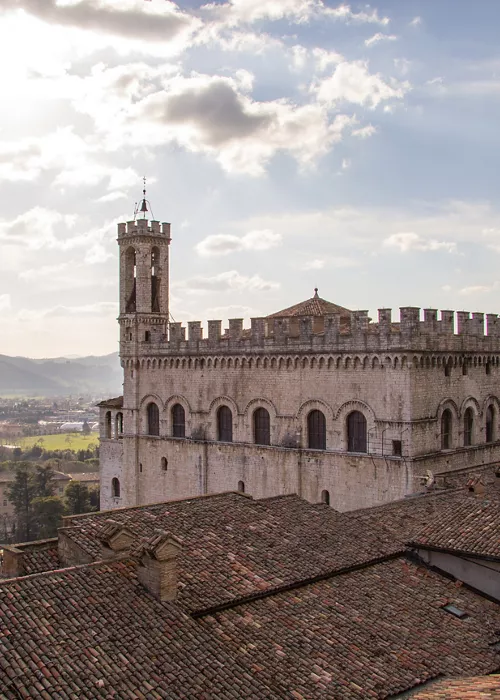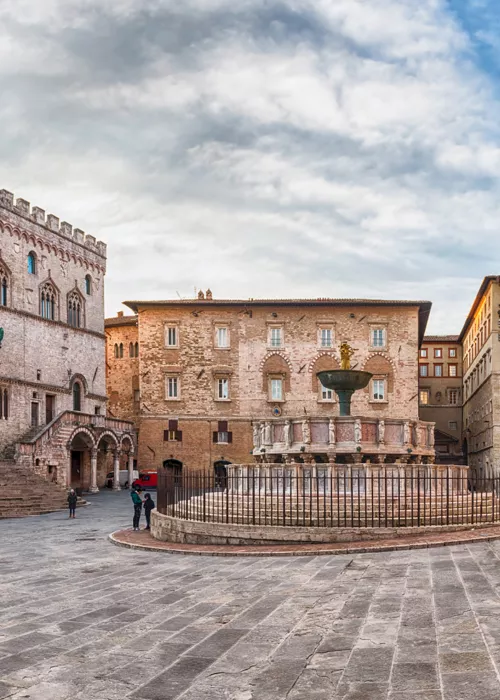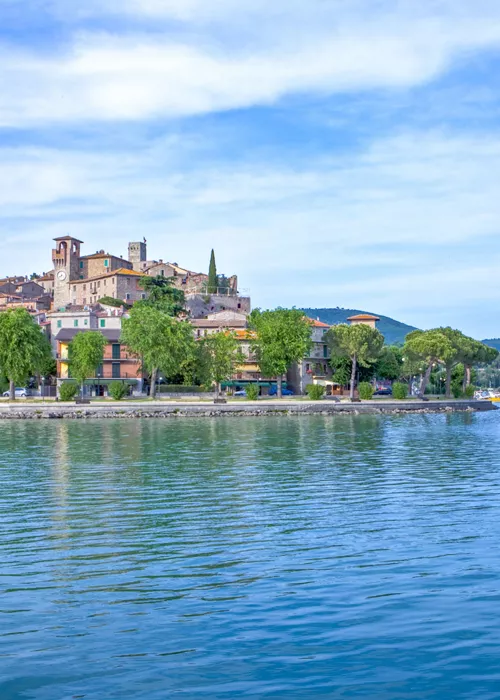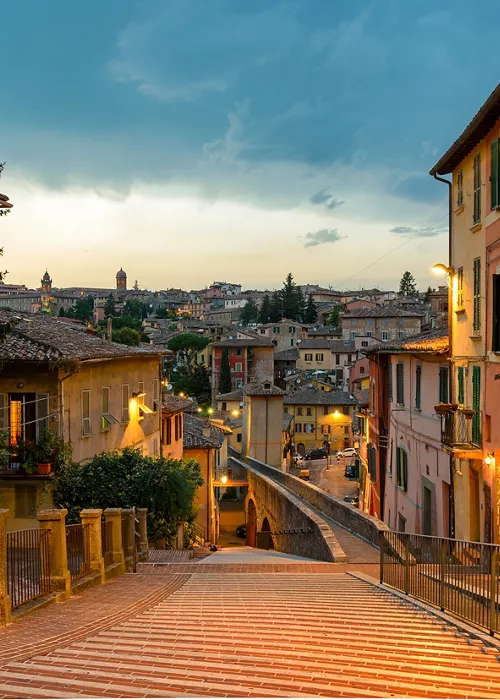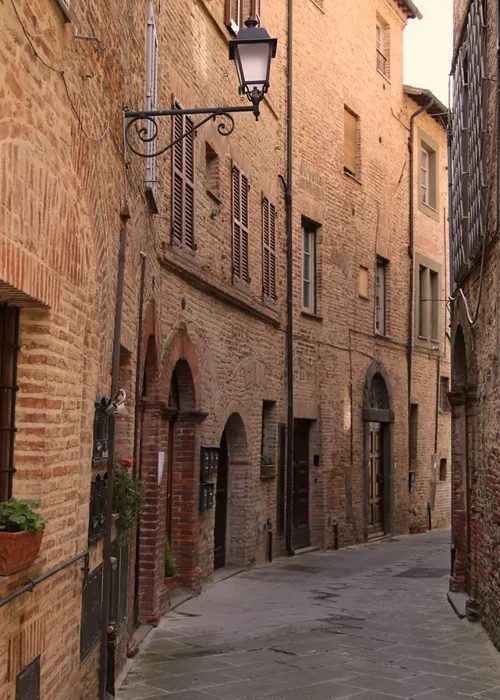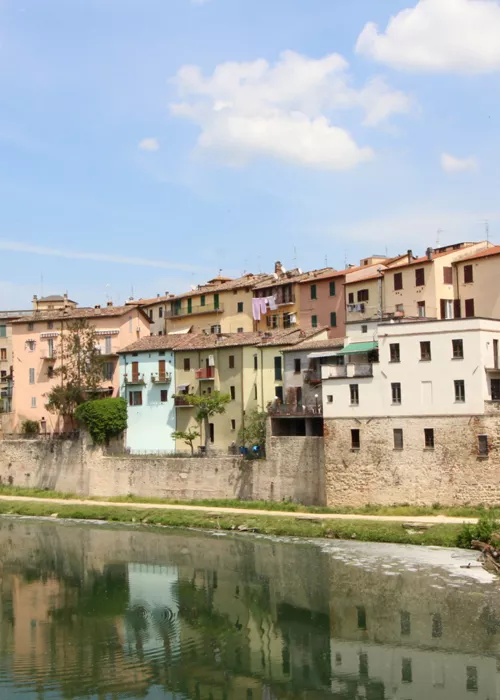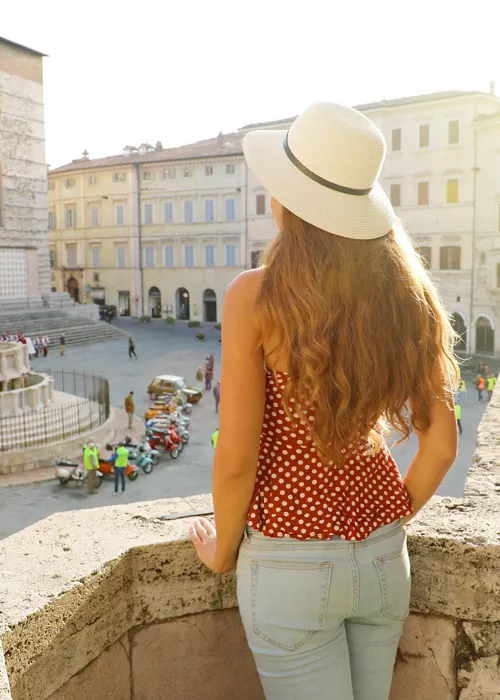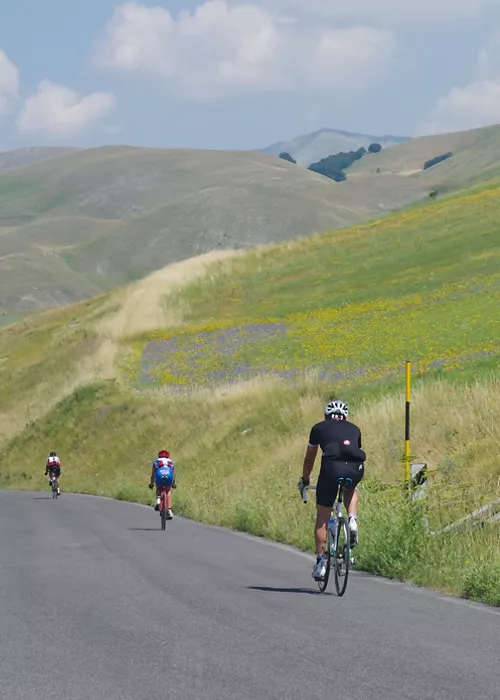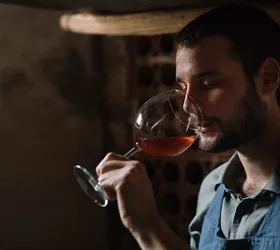La Scarzuola: the dream vision of a great architect
La Scarzuola is a highly original architectural complex built in the garden of a former Franciscan convent of the 13th century by one of the most visionary Italian architects of the 20th century, Tomaso Buzzi.
Nestled in the woods of the Orvieto hills, La Scarzuola reveals the dreamlike and surreal imagination of an artist who wanted to create his “ideal city” in a place he particularly loved. In 1956 Buzzi purchased this site as his home, located in the hamlet of Montegabbione (municipality of Montegiove, province of Terni).
After restoring the ancient convent, Buzzi transformed what was once the monks' kitchen garden into an “anthology of stone”, where nature and architecture merge into each other.
An ideal small town surrounded by greenery
Inspired by a late 15th-century allegorical novel attributed to Francesco Colonna, Buzzi's ideal city is a set of buildings surrounded by greenery and characterised by different styles and dimensions, part labyrinth, part symbolic route, and part magical itinerary. It is like a synthesis of memories that the artist had been gathering from projects only imagined or thrown down on paper, a kind of catalogue of the potential of architecture itself.
The world in a garden
La Scarzuola, in Buzzi's words, “represents the World in general and in particular my World, that of art, culture, worldliness, elegance, pleasure and also vices, wealth and power, where, nevertheless, I made room for oases of recollection, of study and work, of music and silence...”
“Awakening what sleeps within us, thanks to architecture”
On the spiral path through the garden, around various bizarre buildings, seven stages of as many theatres are revealed, each a metaphor for life and death, the sacred and the profane, the true and the false.
At La Scarzuola, the architecture in the green allows everyone to compare and contrast themselves with their unconscious through the vision of archetypal figures, almost a psychoanalytic journey culminating in the Acropolis, made up of buildings that reveal a multiplicity of perspectives and points of view, just like life itself.
On the way, we find the Tower of Babel and its unwinding staircase of knowledge inside, the Great Mother, Jonah's Mouth (a reference to the park of Bomarzo), the butterfly-shaped Aquatic Theatre, the elliptical Theatre of Infinity, of the unfinished and the human body, not to mention numerous other architectural elements.
A New-Age spiritualism
A pioneer of a spiritualism that today we would call New Age, Buzzi worked on his idea for 20 years, constantly reworking his creation. Abandoned after the death of its creator in 1981, the Scarzuola complex was later restored according to drawings that Marco Solari had made of it. A nephew of Buzzi, Solari now lives there and guides visits to the garden, helping to interpret the myriad meanings of this place that is as fascinating as it is enigmatic.
The name Scarzuola derives from a wetland plant, the scarza, which St Francis is said to have used to build himself a hut on the site where the convent was later built. In the apse of the church of Santa Maria della Scarzuola – which cannot be visited, like the Convent – a fresco of St Francis rising resurfaced some 30 years ago, and is now considered one of the oldest in Umbria.
Find out more
The Scarzuola garden can be visited all year round, but only by appointment. The visit lasts about one and a half hours.



